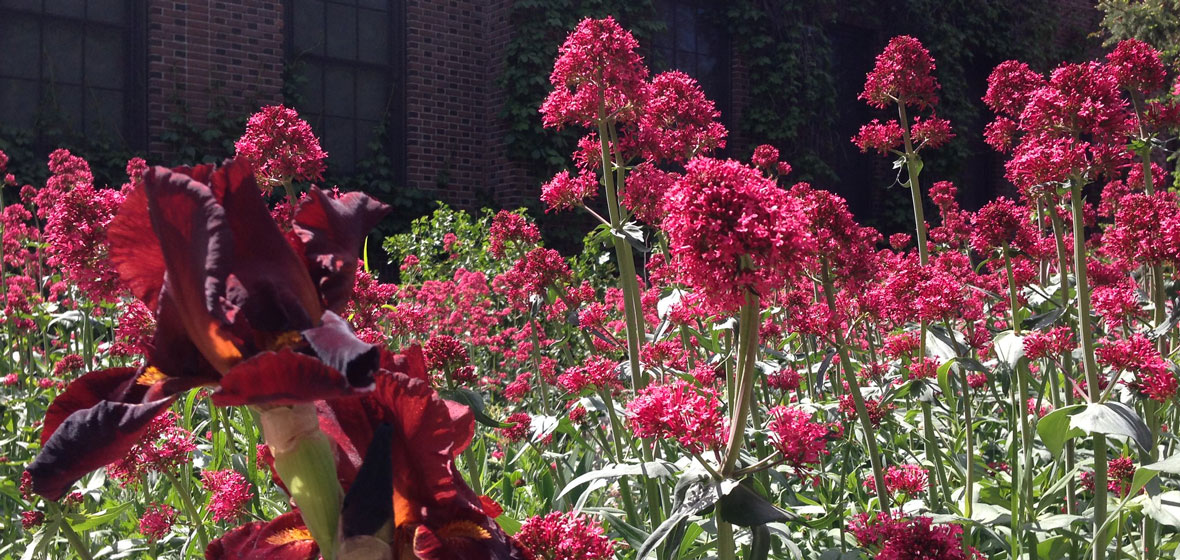Firescaping is a landscaping technique. It involves selecting and placing plants and landscape accents to beautify a property while reducing its wildfire risk.
While there are no fire-proof plants, some are slower to ignite and produce shorter flames and less heat if ignited. These plants have high moisture content, are low growing and lack flammable compounds.
High moisture content plants are herbaceous, succulent and green. They're non-woody and include grasses, flowers, bulbs and some groundcovers. These plants burn only after exposed to enough heat for the tissue to dry out, and they burn more slowly and less intensely than low moisture content plants.
Low-growing plants produce shorter flames and have less biomass to burn than taller plants.
Deciduous plants, or plants that lose their leaves in the fall, are good firescape choices. Most evergreens are not. This is because they contain flammable oils, resins and waxes that turn into combustible gases which burn very intensely once ignited.
In addition to plant selection, plant placing and landscape accents are also important to firescaping. One easy-to-remember plant placement rule is "Lean, Clean and Green" within 30 feet of the home. Lean, clean and green landscapes use short, small-leafed, herbaceous plants and are free from dead vegetation and debris.
Landscape accents that work well in firescaping include water features; noncombustible hardscapes like patios, boulders, walkways and walls; and noncombustible mulches like pea gravel, decomposed granite or rock. Accents like these are beautiful and act as fuel breaks too.
To learn more about preparing the home and community for a wildfire, visit University of Nevada Cooperative Extension's Living With Fire website.
Ashley Andrews is a communications specialist and JoAnne Skelly is an emerita associate professor and Extension educator with Cooperative Extension. For more information about gardening and landscaping in Nevada, contact a Master Gardener at 775-336-0265. For more information on Living With Fire, contact the program's manager and outreach coordinator, Jamie Roice-Gomes, at 775-336-0261.













